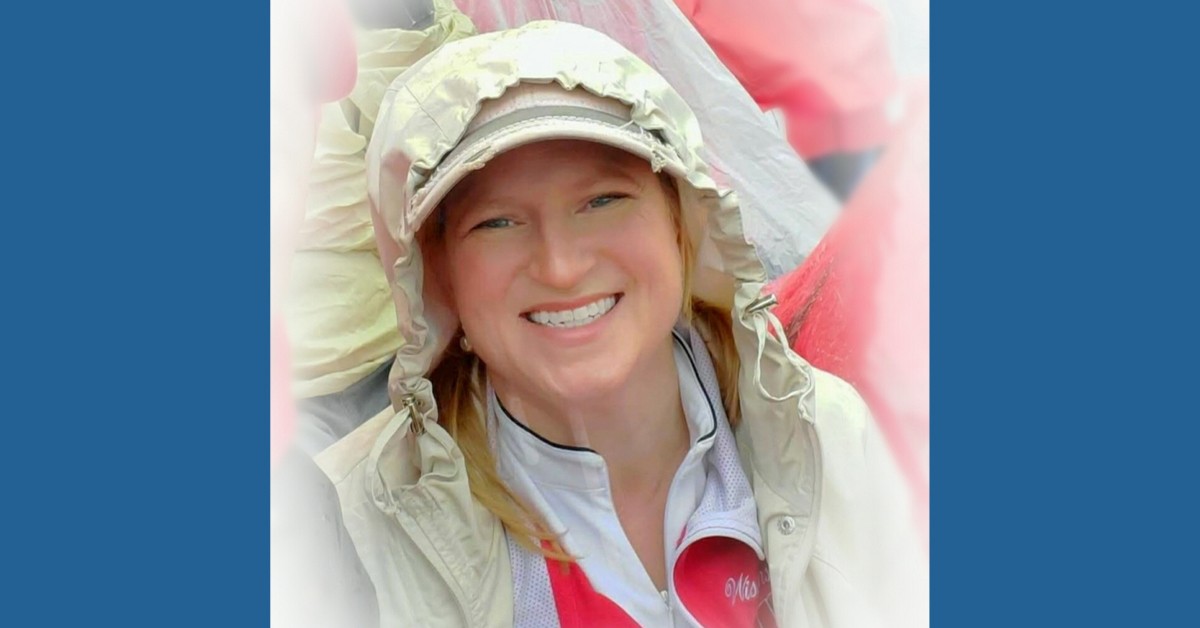
Jenny Brotherton was fed up with the pain in her left hand. She felt it every time she tried to do things she wanted or needed to do around the house. She was fed up with the inconveniences it caused.
“It impacted a lot of the things that you would normally take for granted, like washing dishes or doing laundry or holding a hair dryer or a flat iron to style my hair,” she says. “Even tying shoes. Just real simple things.”
Brotherton needed help. She asked her long-term physical therapist for advice.
He recommended an old friend, Dr. Brian J. Klika, a fellowship-trained hand surgeon with Orthopedics & Sports Medicine BayCare Clinic. Brotherton’s physical therapist and Klika knew one another from college. The therapist knew Klika could provide the care Brotherton needed.
Klika diagnosed Brotherton with advanced left thumb carpometacarpal and scaphotrapeziotrapezoidal arthritis. It was the reason for her pain, stiffness and weakness, impaired hand function and reduced strength and dexterity. Brotherton’s thumb joint cartilage had worn away, resulting in painful bone-on-bone arthritis.
Her condition was so severe that all conservative treatment options failed. That’s when Klika recommended surgery.
“He wasn’t pushing me into anything and he wasn’t sugar-coating anything,” Brotherton says. “He was very up front and said, ‘The goal is not to get you back to 100 percent because it’s not going to happen.’ I was at about 20 to 30 percent. He kinda put it in a simple mathematical equation. ‘Here’s where you’re at and if we can maybe get you up to 80 percent or so, what would that do for you?’ He made sure I had a very realistic understanding of what was and wasn’t possible.”
Brotherton had thumb surgery in December 2020. Klika removed the arthritis and performed a suspensionplasty, which allowed scar tissue to form while stabilizing the joint.
After surgery, Brotherton worked with an occupational therapist and received follow-up care from a physician assistant with Orthopedics & Sports Medicine BayCare Clinic.
Brotherton experienced some swelling shortly after her procedure but by her two-week post-surgery checkup, she was feeling better.
At her final follow-up appointment, approximately four months after surgery, Brotherton was doing exceptionally well and was able to participate in activities pain free.
“I can’t imagine a better outcome,” she says.